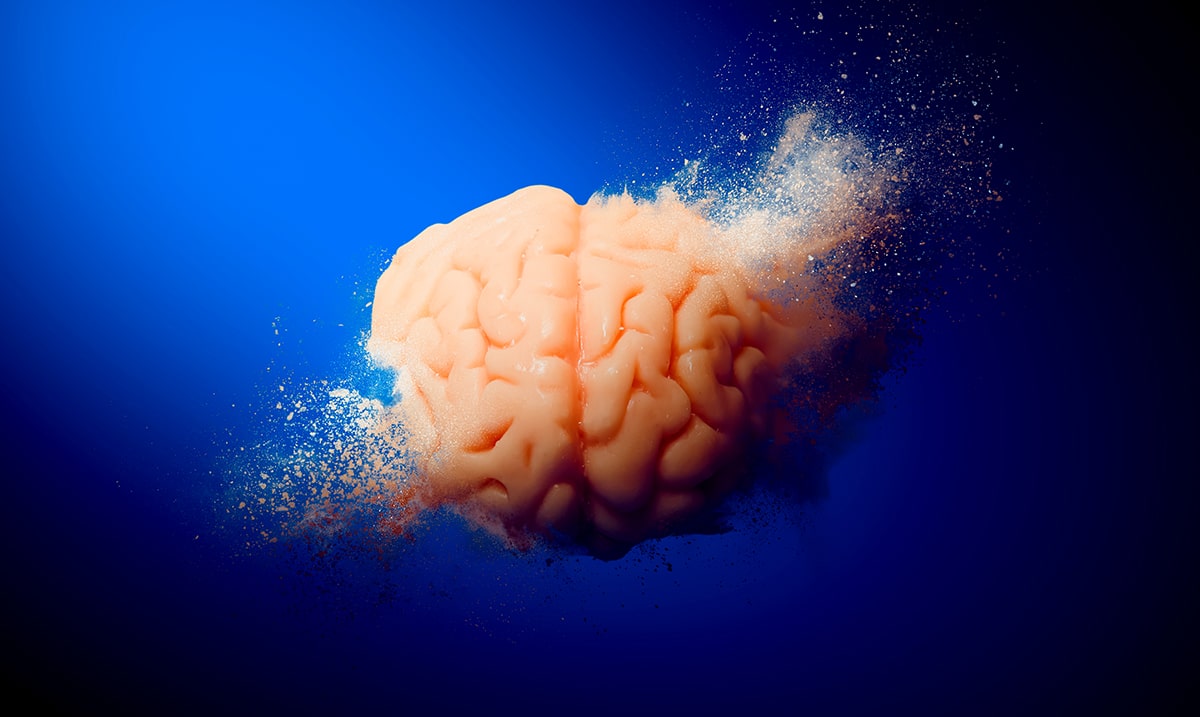Have you ever found yourself standing in the aisle at your local grocery store, staring at your options and completely overwhelmed? If so, you’re not alone. In fact, scientists say that this feeling is more common than you may believe.
The phenomenon is known as ‘choice overload’ or ‘overchoice’, the idea that when a person is presented with too many options to choose between it can actually make decision making more difficult, even leaving the person seemingly paralyzed in thought. This can be completely counterproductive, leading those who are struggling to avoid making a decision altogether.
Consider that friend who has been talking about getting new furniture in their living room for years now, but they never actually purchase something. You may find yourself questioning whether they are ever going to make a purchase at all. The truth is that your friend may have full intentions of choosing furniture, but there are so many different couches, love seats and recliners that they simply can’t make up their mind. They are overwhelmed, with no idea where to start.
Researchers have studied the phenomenon in a number of studies, analyzing the thought process of participants, and how it is altered when more options are presented. In one review, analyzing a total of 99 different observations from prior studies, researchers concluded that there are 4 predictable measures of choice overload, each with an equally powerful impact on our ability to make decisions. This includes satisfaction/confidence, regret, choice deferral, and switching likelihood. However, this research left scientists with as many questions as it did answers.
A new study out of Caltech, however, help us to better understand what’s happening and how we can avoid it. Researchers focused not only on whether the theory of ‘overchoice’ existed but also on what parts of the brain are responsible for our response in these situations.
The team presented each of their study participants with 6, 12 or 25 scenic landscape images, asking them to select one to be printed on a piece of merchandise such as a coffee mug. The participants were monitored using functional magnetic resonance imaging (fMRI) technology as they were asked to make a decision, allowing the researchers to monitor brain activity.
The scans revealed two different areas of the brain that were found to be active during decision-making – the anterior cingulate cortex (ACC) where we assess the costs and benefits of the decision that we are making, as well as the striatum, the area of the brain that determines value. Working together, these two areas help us to make well thought out, educated decisions. However, the more options presented, the more effort was required of these areas of the brain as it tried to weigh and analyze the potential outcomes of their decisions.
“The idea is that the best out of 12 is probably rather good, while the jump to the best out of 24 is not a big improvement,” explained Colin Camerer, Caltech’s Robert Kirby Professor of Behavioral Economics. He explained that it’s not that 12 is the perfect number, however, it was representative of an ideal window of options, giving us the impression that we have control and choice, while still preventing us from becoming completely overwhelmed. “Essentially,” he stated, “our eyes are bigger than our stomachs. When we think about how many choices we want, we may not be mentally representing the frustrations of making the decision.”
While further research is required to better understand the condition, the researchers recommend limiting your options in any situation to somewhere between 8 and 15 choices as this will increase your chances of making an effective decision.
https://authors.library.caltech.edu/90069/
https://www.sciencedirect.com/science/article/abs/pii/S1057740814000916
https://www.psychologytoday.com/us/blog/pop-psych/201602/is-choice-overload-real-thing

